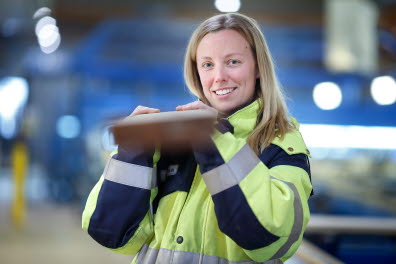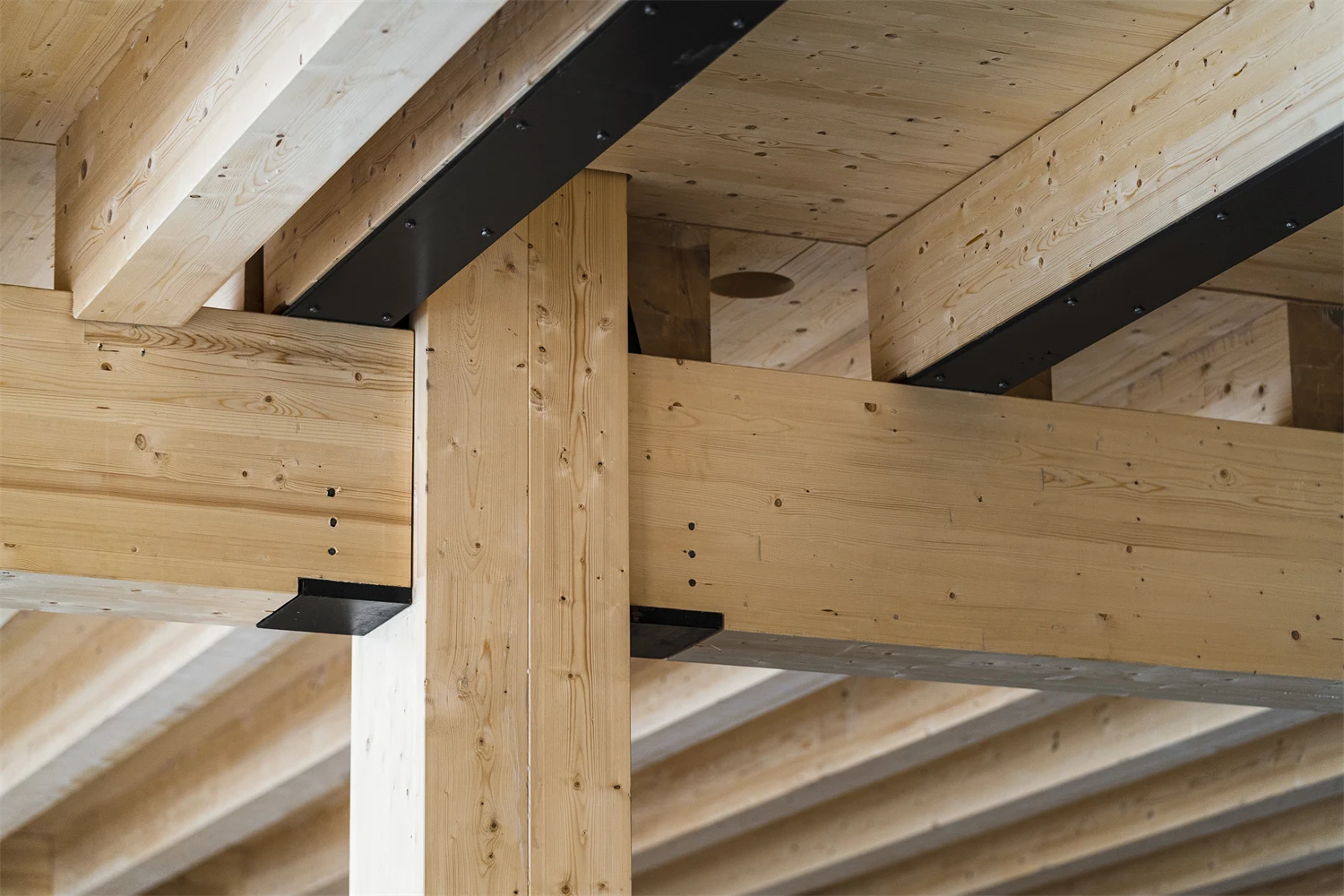Holmen Wood Products plays a key role in the Group’s circular business. The sustainably managed forests benefit the climate by absorbing large amounts of carbon dioxide, which then continues to be stored in the wood products.
“In 2022, Holmen’s operations helped to cut the amount of carbon dioxide in the atmosphere by 7.2 million tonnes, which equates to 15 per cent of Sweden’s total emissions. What’s more, our wood products can support sustainable construction and replace fossil building materials such as concrete and plastic,” says Marit Bohlin, sustainability manager at Holmen Wood Products.

Marit Bohlin, sustainability manager
Every part of the saw log is put to use in a cycle in which chips from the sawmills become a raw material in pulp production and the final residual products are used as biofuel to produce energy and district heating.
Having begun work on phasing out fossil fuels at the Group’s mills way back in the 1980s, we cut their use by 85 per cent in the years from 2005 to 2020. Production at the sawmills is now almost entirely fossil-free. The sawmills in Linghem, Kroksjön and Bygdsiljum mainly use biofuel to generate heat in the dryers, while the sawmills in Iggesund and Braviken use steam from the pulp and paper mills in the drying process. The carbon emissions generated by Holmen Wood Products come mainly from transport to and from the sawmills.
“We’re currently mapping the carbon emissions associated with external transport. All the sawmills report on the volumes of wood products dispatched each month and how they are transported to the customer. In the next stage, we’ll review the carriers we use on different routes, with a view to achieving efficient and sustainable flows. For example, it may be necessary to switch to haulage companies that use renewable diesel or biogas.”
Today, 40 per cent of transport to customers is by sea and the rest is by road. Rail transport is not used due to congestion on the tracks and the long lead time required to book rail transport. However, Holmen Forest has now invested in a rail terminal in Bastuträsk, making it possible for the sawmills in Kroksjön and Bygdsiljum to transport wood products by rail.
“We’re well equipped for the transition to a fossil-free society and are in a position to benefit the climate in partnership with our customers. The trend towards building in wood is growing, fuelled in part by the fact that all new buildings in Sweden must now come with a climate declaration. But it’s important to have long-term policy instruments in place, so that haulage companies, for example, can confidently invest in converting their vehicle fleet and using environmentally friendly fuels,” concludes Marit Bohlin.


